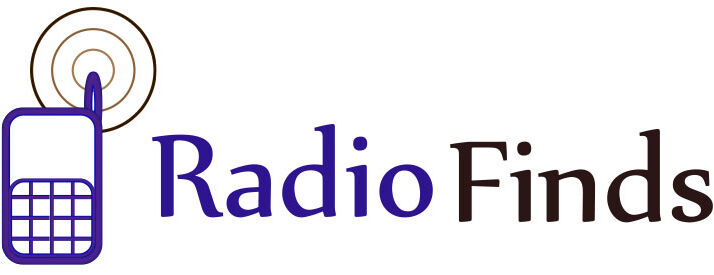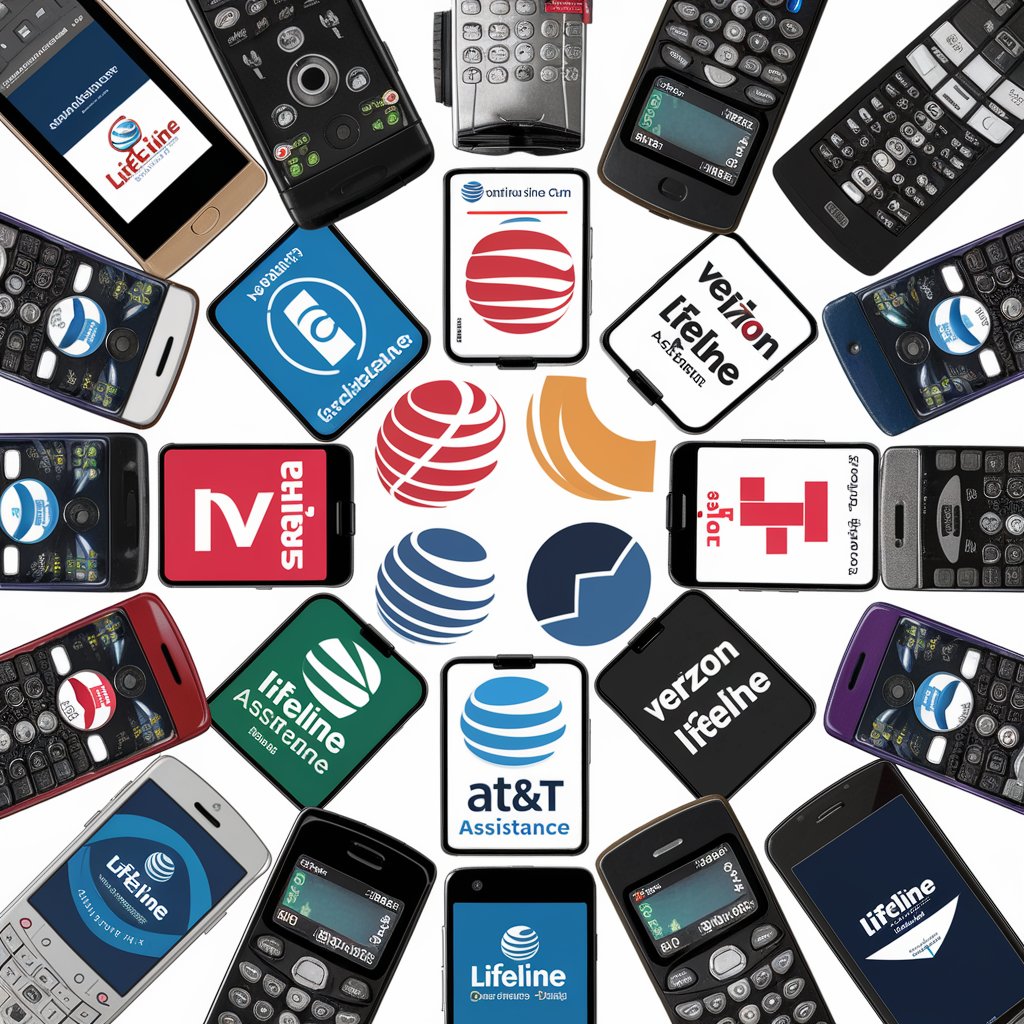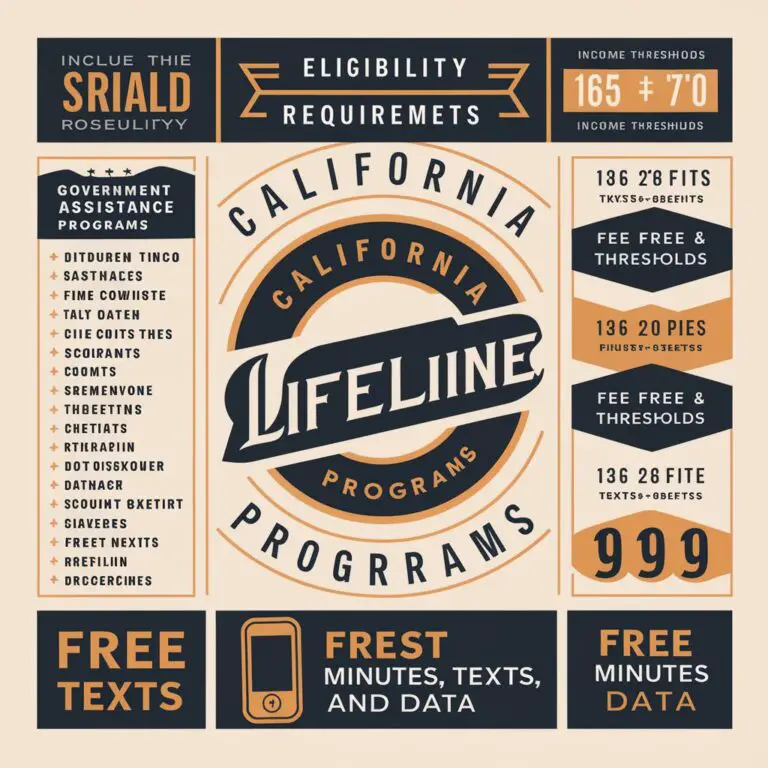Cell Phone Bill Payment Assistance: How to Get Help and Save Money
Are you struggling to pay your cell phone bill? You’re not alone. With the rising costs of mobile services, many people find it challenging to keep up with their monthly payments. Fortunately, there are several ways to get assistance and reduce your expenses. In this comprehensive guide, we’ll explore various options for cell phone bill payment assistance and provide tips on how to save money on your mobile services.
Expertise in Cell Phone Bill Payment Assistance
As an expert in the field of cell phone bill payment assistance, I have extensive knowledge and experience in helping individuals and families navigate the complex world of mobile services and financial aid. I have worked with numerous organizations and programs that offer support to those in need, and I am well-versed in the eligibility requirements, application processes, and benefits of each option.
Throughout this article, I will share my insights and provide detailed information on the various ways you can obtain assistance with your cell phone bill payments. Whether you’re facing a temporary financial crisis or need ongoing support, there are solutions available to help you stay connected without breaking the bank.
Understanding Your Cell Phone Bill
Before we dive into the various assistance programs and money-saving strategies, it’s essential to understand the components of your cell phone bill. A typical cell phone bill includes the following charges:
- Monthly service fee
- Data usage charges
- Voice and text messaging fees
- Taxes and surcharges
- Equipment fees (if you’re paying for a device in installments)
By familiarizing yourself with these charges, you can better identify areas where you may be able to reduce your expenses or qualify for assistance.
Government Assistance Programs

Lifeline Program
The Lifeline program is a federal initiative that provides discounted phone services to eligible low-income individuals and families. To qualify for the Lifeline program, you must meet one of the following criteria:
- Participate in a government assistance program, such as Medicaid, Supplemental Nutrition Assistance Program (SNAP), or Federal Public Housing Assistance (FPHA)
- Have an income at or below 135% of the Federal Poverty Guidelines
If you qualify, you can receive a discount of up to $9.25 per month on your cell phone bill. Some providers may offer additional benefits, such as free minutes or data.
To apply for the Lifeline program, contact a participating cell phone provider in your area or visit the Universal Service Administrative Company (USAC) website for more information.
State-Specific Programs
In addition to the federal Lifeline program, some states offer their own assistance programs for cell phone bill payments. These programs may have different eligibility requirements and benefits, so it’s essential to research the options available in your state.
For example, California’s LifeLine program provides discounted home phone and cell phone services to eligible low-income households. The program offers a discount of up to $16.23 per month on cell phone bills for qualifying individuals.
To find out if your state offers a cell phone bill assistance program, contact your local social services agency or visit your state’s public utilities commission website.
Carrier-Specific Assistance Programs
Many cell phone carriers offer their own assistance programs for customers who are experiencing financial hardship. These programs may provide temporary bill payment relief, reduced monthly charges, or other forms of support.
AT&T
AT&T offers a program called “Lifeline Assistance” that provides discounted wireless services to eligible low-income customers. The program offers a monthly discount of up to $9.25 on wireless plans, and some customers may also qualify for a free phone.
To qualify for AT&T’s Lifeline Assistance program, you must participate in a government assistance program or meet the income requirements. For more information, visit the AT&T Lifeline Assistance website.
Verizon
Verizon offers a program called “Lifeline” that provides discounted wireless services to eligible low-income customers. The program offers a monthly discount of up to $9.25 on wireless plans, and some customers may also qualify for a free phone.
To qualify for Verizon’s Lifeline program, you must participate in a government assistance program or meet the income requirements. For more information, visit the Verizon Lifeline website.
T-Mobile
T-Mobile offers a program called “Lifeline Program” that provides discounted wireless services to eligible low-income customers. The program offers a monthly discount of up to $9.25 on wireless plans, and some customers may also qualify for a free phone.
To qualify for T-Mobile’s Lifeline Program, you must participate in a government assistance program or meet the income requirements. For more information, visit the T-Mobile Lifeline Program website.
Nonprofit Organizations and Charities
In addition to government assistance programs and carrier-specific initiatives, there are several nonprofit organizations and charities that offer support for individuals and families struggling to pay their cell phone bills.
The National Salvation Army
The Salvation Army is a global nonprofit organization that provides various forms of assistance to individuals and families in need. While they do not offer a specific cell phone bill payment assistance program, they may be able to provide financial support or referrals to other resources based on your individual circumstances.
To find out if your local Salvation Army office can help with your cell phone bill, visit their website or contact them directly.
Local Churches and Religious Organizations
Many local churches and religious organizations offer financial assistance to individuals and families in their communities. While they may not have a specific program for cell phone bill payments, they may be able to provide general financial support or refer you to other resources.
To find out if there are any churches or religious organizations in your area that offer assistance, try searching online or contacting your local place of worship.
Money-Saving Strategies
In addition to seeking assistance programs, there are several ways you can reduce your cell phone expenses and make your bills more manageable.
Review Your Plan
Take a close look at your current cell phone plan and assess whether it meets your needs. If you’re paying for features or services you don’t use, consider downgrading to a more basic plan. Many carriers offer low-cost plans with limited data or talk minutes that may be sufficient for your needs.
Use Wi-Fi Whenever Possible
When you’re at home or in a place with a secure Wi-Fi connection, use it instead of your mobile data. This can help you reduce your data usage and avoid overage charges.
Limit Background Data Usage
Some apps continue to use data even when you’re not actively using them. To reduce your data usage, adjust your phone’s settings to limit background data usage for apps that don’t need to be constantly connected.
Consider a Prepaid Plan
Prepaid cell phone plans can be a cost-effective alternative to traditional postpaid plans. With a prepaid plan, you pay for your service upfront and can better control your expenses. Many prepaid plans also offer lower rates than postpaid plans, making them a good option for those on a tight budget.
Negotiate with Your Carrier
If you’ve been a loyal customer with your current carrier for a long time, consider negotiating with them for a better rate. Many carriers are willing to offer discounts or promotions to retain their customers, so it never hurts to ask.
Frequently Asked Questions
How do I know if I qualify for the Lifeline program?
To qualify for the Lifeline program, you must either participate in a government assistance program (such as Medicaid, SNAP, or FPHA) or have an income at or below 135% of the Federal Poverty Guidelines. Contact a participating cell phone provider or visit the USAC website for more information on eligibility requirements.
Can I receive assistance from multiple programs?
In most cases, you can only receive assistance from one program at a time. For example, if you qualify for the federal Lifeline program, you may not be eligible for a state-specific assistance program.
How long does it take to receive assistance after applying?
The application process and timeline for receiving assistance varies depending on the program and provider. Some programs may provide immediate assistance, while others may take several weeks to process your application and apply the discount to your bill.
What should I do if I don’t qualify for any assistance programs?
If you don’t qualify for any assistance programs, focus on implementing money-saving strategies to reduce your cell phone expenses. Review your plan, use Wi-Fi whenever possible, limit background data usage, consider a prepaid plan, and negotiate with your carrier for better rates.
Can I receive assistance if I have a past-due balance on my cell phone bill?
Some assistance programs may require you to have a current account in good standing to qualify for discounts or support. However, some nonprofit organizations or charities may be able to provide assistance with past-due balances depending on your individual circumstances.
Conclusion
Paying your cell phone bill can be a challenge, especially during times of financial hardship. However, there are numerous resources and strategies available to help you obtain assistance and reduce your expenses. By understanding your options and taking proactive steps to manage your costs, you can ensure that you stay connected without sacrificing your financial well-being.
Remember to explore government assistance programs, carrier-specific initiatives, and nonprofit organizations for support. Additionally, implementing money-saving strategies such as reviewing your plan, using Wi-Fi, limiting background data usage, considering a prepaid plan, and negotiating with your carrier can help you keep your cell phone expenses under control.
If you’re struggling to pay your cell phone bill, don’t hesitate to reach out for help. With the right resources and support, you can overcome financial challenges and maintain access to this essential service.
| Government Assistance Programs | Eligibility Requirements | Benefits |
|---|---|---|
| Lifeline Program | Participate in a government assistance program or have an income at or below 135% of the Federal Poverty Guidelines | Up to $9.25 per month discount on cell phone bill |
| State-Specific Programs (e.g., California LifeLine) | Vary by state | Discounted home phone and cell phone services for eligible low-income households |
| Carrier-Specific Assistance Programs | Eligibility Requirements | Benefits |
|---|---|---|
| AT&T Lifeline Assistance | Participate in a government assistance program or meet income requirements | Up to $9.25 per month discount on wireless plans; some customers may qualify for a free phone |
| Verizon Lifeline | Participate in a government assistance program or meet income requirements | Up to $9.25 per month discount on wireless plans; some customers may qualify for a free phone |
| T-Mobile Lifeline Program | Participate in a government assistance program or meet income requirements | Up to $9.25 per month discount on wireless plans; some customers may qualify for a free phone |




